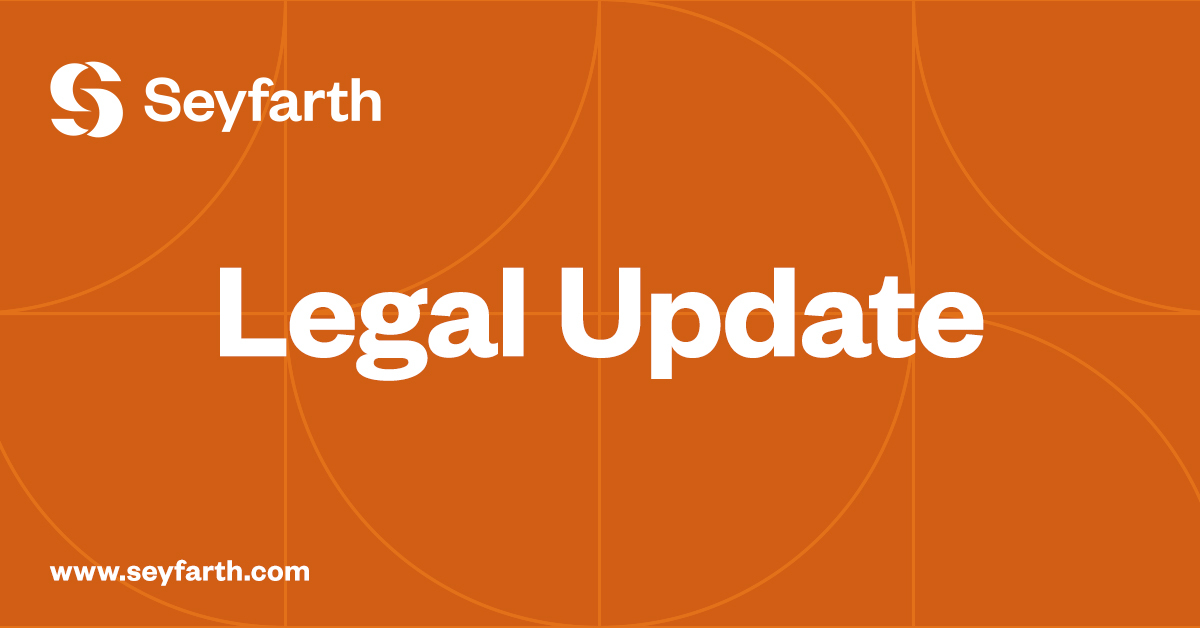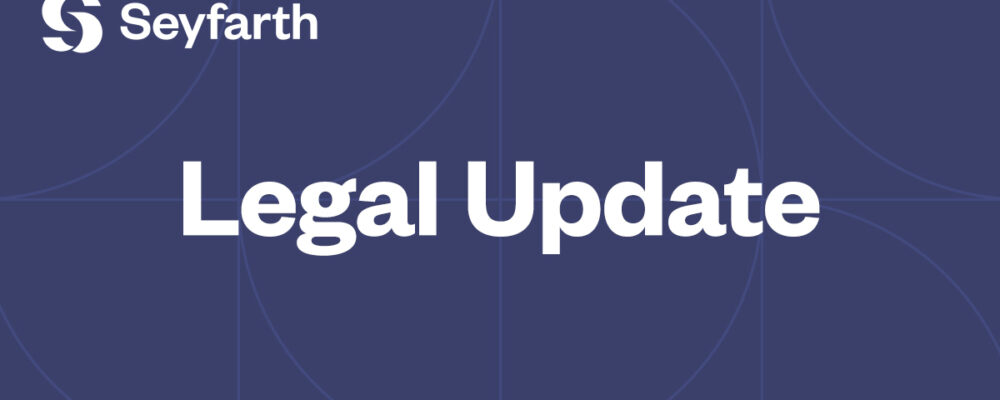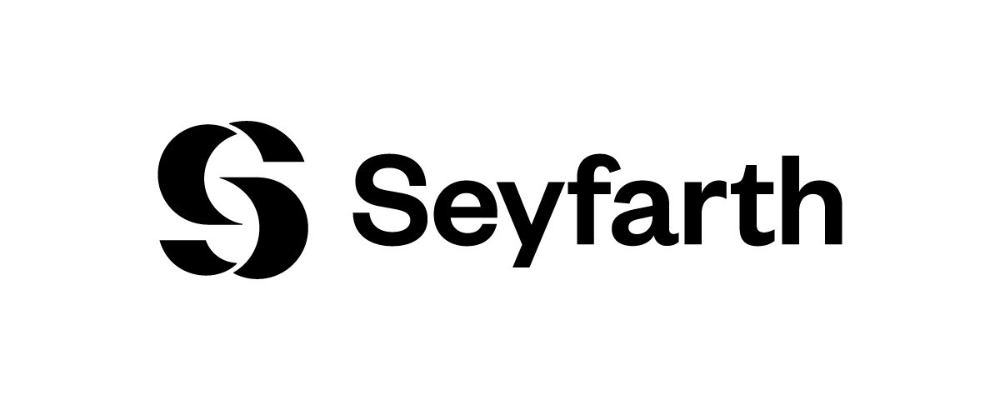Seyfarth Synopsis: Minnesota joins the growing number of states to adopt statewide legislation requiring employers to disclose starting salary ranges and other forms of compensation and benefits in postings for open positions. The law becomes effective January 1, 2025 and applies to employers with 30 or more employees within the state.
Beginning January 1, 2025, Minnesota employers are required to include the starting salary range and a general description of benefits and other compensation in postings for open positions. This requirement was signed into law by Governor Walz as part of an Omnibus Labor and Industry policy bill.
Which Employers Are Covered Under the Law?
The law applies to employers with 30 or more employees at one or more sites in Minnesota. Given this definition, it appears that the law limits its application to employers that have at least 30 employees employed within the state, which differs from other jurisdictions’ pay transparency laws.
What Must Employers Disclose?
Covered employers must disclose the starting salary range for the posted position. The law defines “salary range” as the minimum and maximum annual salary or hourly range of compensation, based on the employer’s good faith estimate at the time of the posting. An open-ended salary range is expressly prohibited. If the employer does not plan to offer a salary range, then the employer must instead list a fixed pay rate.
Employers must also provide a general description of all benefits and other compensation to be offered to the hired job applicant. The description of benefits must include, but is not limited to, any health or retirement benefits.
What Job Postings Are Covered?
“Posting” is broadly defined to include any electronic or printed solicitation intended to recruit job applicants for a specific available position that includes qualifications for desired applicants. This includes recruitment activities done directly by the employer, or indirectly through a third party.
Enforcement and Potential Damages or Penalties
As it stands, the law does not specify how it will be enforced or list any potential penalties. Generally, however, under Chapter 181 of the Minnesota Statutes, an individual can bring a claim with the Minnesota Department of Labor and Industry or the state Attorney General can enforce a violation of the law. Further, certain statutes under this Chapter allow for a civil private right of action. In terms of potential damages or penalties, generally, an employer found to have violated one of the Chapter 181 statutes may be liable for compensatory damages and other appropriate relief, including but not limited to, injunctive relief.
It remains to be seen whether Minnesota will provide additional guidance that specifies how its new pay transparency law will be enforced and the damages or penalties available.
* * *
Employers in Minnesota should take immediate steps to review and update their job posting processes to comply with the new law by the effective date of January 1, 2025. This includes training hiring managers and HR personnel on the requirements and ensuring that third-party recruiting sources are provided with the necessary information to comply with the law.
Seyfarth’s Pay Equity Group is continuing to monitor this area for additional updates and is available to assist employers with navigating these new requirements and the ongoing trend toward greater pay transparency. For additional information, we encourage you to contact the authors of this article, a member of Seyfarth’s Pay Equity Group, or any of Seyfarth’s attorneys.
“With approximately 900 lawyers across 17 offices, Seyfarth Shaw LLP provides advisory, litigation, and transactional legal services to clients worldwide.”
Please visit the firm link to site






